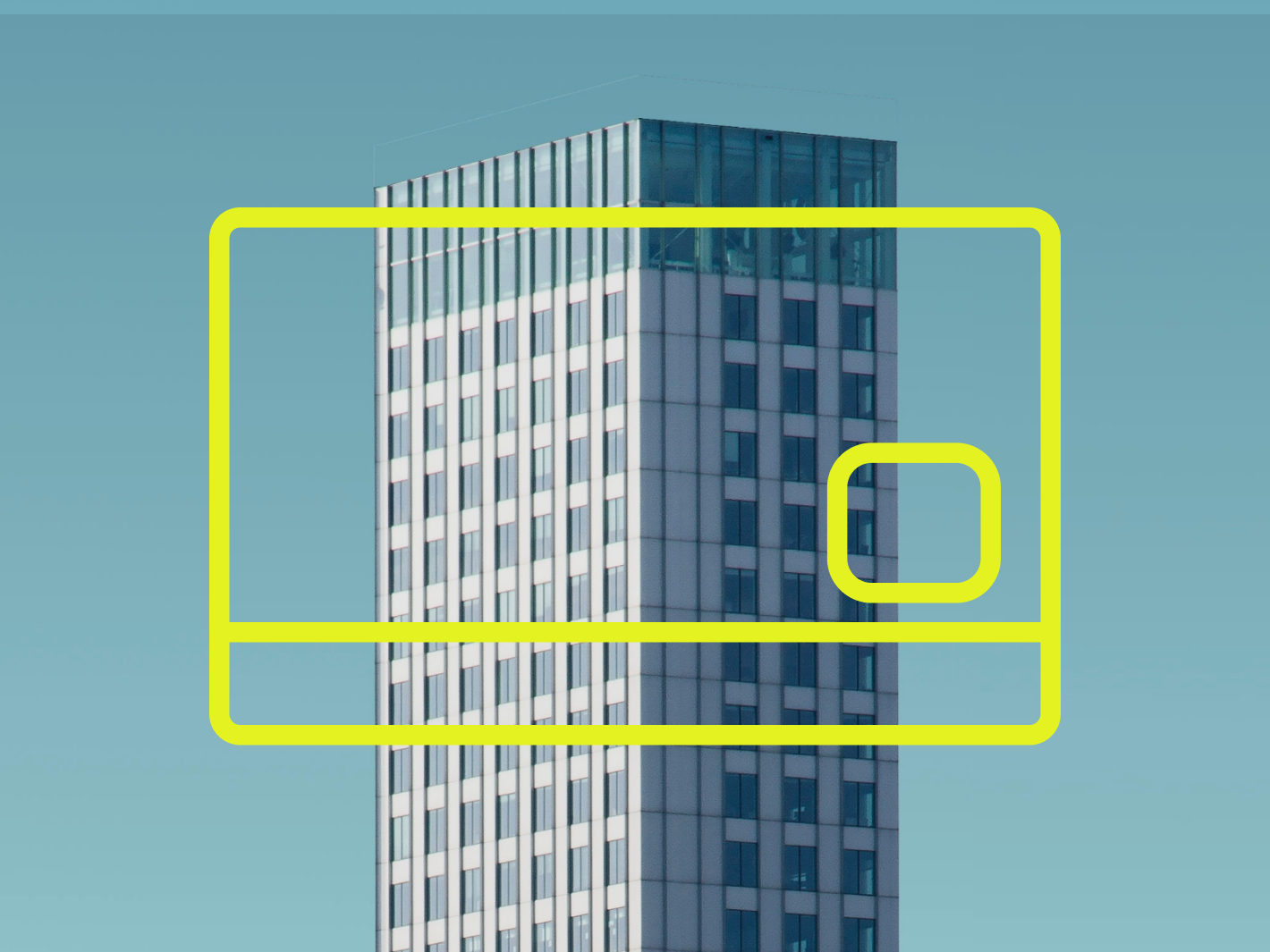

straight to your inbox
Credit card float refers to the period between the time a credit card transaction is made and when your account is actually debited for that transaction. During this time, the funds are in a temporary state of limbo.
Keeping an eye on float—particularly credit card float—can help your business avoid budget shortfalls. In this article, we'll delve more deeply into the concept of float, and outline the difference between cash float, credit card float, and stock float. We’ll also explain how float can affect your accounting and financial decisions.
Read on to learn all about float, and how it works in the context of your business accounting.
What is a float in finance?
Float describes money that exists on two different ledgers simultaneously, making it seem like you have double the money. It's a temporary discrepancy created by delays in payment transfers and check processing.
The formula for float is:
Float = available balance – book balance
All financial institutions and departments have to deal with float, be it cash float, credit card float, or collection float.
Note: It’s always best to consult a professional when making financial decisions about your business. This article is not intended to replace legal and financial advice.
What is credit card float?
Credit card float refers to the period between the time a credit card transaction is made and when your account is actually debited for that transaction. During this time, the funds are in a temporary state of limbo, where they are still available to you for other purposes, such as earning interest in a savings account, before they are required to pay the credit card bill.
It’s important to remember that float is a temporary benefit, and as a cardholder you’re ultimately responsible for paying off your credit card balance by the due date to avoid interest charges and fees.
What is a stock float?
Stock float, or floating stock, is the number of shares a company has available for public purchase. When a company "floats" a stock, it means they're going from private to public and will be offering shares of their company to the public via the stock exchange.
Ideally, a publicly traded company should have a decent float size, enough to encourage investment. When the number of shares available for investment drops too low, this is called “low float” and can make expansion difficult for the company.
What is a cash float?
Cash float is the difference between your business's accounting balance and the actual balance in your bank account. Cash float exists because payments, checks, and money transfers aren’t instantaneous. An invoice marked “paid” in accounting software may still be in processing between two banks. A check can be received and not cashed; it can also be cashed and not processed. These delays in processing time can lead to the appearance of duplicate money.
As a business, your accounting processes are set up to keep track of incoming and outgoing cash, like payments made and invoices paid or pending. But as any accountant will tell you, the cash balance displayed in your internal accounting ledger and the cash balance of the bank account seldom match.
The larger your business, the more payments you’re likely sending and receiving, resulting in a wider cash float. But remember, cash float is nothing to be concerned about; it's a regular part of managing the cash flow of your business.
Is cash float a current asset?
Yes, cash float is considered a current asset. Current assets refer to assets that are convertible to cash within one year. Both cash your business has on hand and cash it has in the bank are considered current assets.
Other types of cash floats
"Float" can refer to different things in finance. There are some of the types of floats and their definitions:
Disbursement float
Disbursement float is when the cash on your company’s financial statements is lower than the amount your company has in the bank.
This is usually caused by your business sending out payments, like checks, that haven’t cleared the bank yet. If the payment is a check that’s being physically mailed to the recipient, the time in the mail system is also part of the float.
Collection float
Collection float is the opposite of disbursement float. When your company’s internal ledger shows a higher amount of money than the bank statement does, that’s a collection float.
This occurs when your company receives a payment, in the form of a check or charge, but the balance in the bank account hasn’t gone up by the same amount.
Net float
Net float is the total of all cash floats, combining the positive and negative values from the collection, disbursement, and other types of floats.
The net float calculation is used to better understand how close your incoming or outgoing cash flow is to what the bank says it is.
Net float may be larger for companies that deal primarily in check payments, where processing times are longer.
Cash float in retail
Cash float in retail is the amount of money physically in registers, either for making change or from the day’s revenue.
The cash in the register isn’t fully documented until the end of the day, leading to a temporary discrepancy in the business's cash flow assets.
How much should a cash float be?
For retail businesses, it's generally recommended to keep a $500 to $1,000 float. This amount allows for flexibility in handling transactions and ensures enough cash to meet customer needs.
Cash float vs. petty cash
The cash you have on hand and that's readily available is called petty cash. This petty cash may factor into your cash float, but it’s usually well documented. Think of it as the cash you have in your register at any given moment; you know exactly how much there is. The amount available in your petty cash fund for everyday purchases is usually a fixed amount that can be calculated more easily with other finances.
Cash float, on the other hand, usually contains fluctuating amounts or uncertain time frames for processing. To break it down, petty cash only becomes part of a cash float if it isn’t organized and the procedures aren’t followed for spending and recording.
Pros and cons of cash and credit card floats
Cash and credit card floats are a regular part of doing business, but they can become a problem when they start to skew the actual view of your business finances—or if they end up becoming overwhelming amounts.
Cash and credit floats are two side effects of a complex payments system. As long as payments take time to process and credit cards have grace periods for interest calculation, cash and credit floats will exist and have to be managed.
Cash floats aren’t necessarily beneficial, so consider digital payments to help you with payment processing
There aren’t upsides to cash floats per se, but there are steps you can take to speed up payment times so that cash float is less of a concern.
Setting up digital bill payments with accounts payable software is the easiest way to reduce the time it takes to process payments. The fewer physical checks you write and receive, the faster payments will go through. That way, your ledger will more accurately represent the actual money in your account, giving you the most accurate view of your business financials at any time.
Con: Cash floats require constant general ledger monitoring

Obviously, cash and credit floats can make accounting more difficult. When your bank and your ledger rarely agree, you can’t just take a quick glance at your cash flow or your assets.
You have to constantly be aware of what money is “phantom money.” With floats you have to track how much money will be leaving your account and be equally aware of lower balances that could increase the moment a few payments go through.
Pro: Credit card floats give you a window of interest-free purchases
One benefit of credit card floats is that you can buy things on credit without paying the subsequent interest.
It’s hardly “free money,” but avoiding interest can add up to huge savings for businesses making frequent and high-priced purchases with their credit cards. Just be sure to stay on top of your spending—if you start to carry a balance or miss a payment, it could hurt your business credit score.
Con: Credit card floats require you to pay your balance in full
The challenge of credit card float is that you need to completely pay off your credit card before the end of every grace period to reap the benefits.
If any balance at all is left on the card after the grace period, you’ll end up paying the interest on what’s left over. If your business only partially pays off its credit cards, credit card float can’t help.
How Ramp can help you control cash float

Cash float goes hand-in-hand with doing business. Payments take time, and banks can be slow. The better your cash flow organization, the fewer problems you’ll have with cash float inaccuracy.
Ramp allows you to control your finances, from cash flow to credit card spending. Our tracking offers a high level of detail, thanks to our accounting automation software. The platform gives you the ability to sync all of your financial accounts, services, and software, giving you more accurate data. Plus, you can set up customized notifications, which can be used to track a widening cash float gap.
More accurate, up-to-date data prevents cash float from getting out of hand. That means less time calculating phantom cash and more time to spend on lucrative and necessary accounting.
FAQs




.webp)






.webp)










.png)



